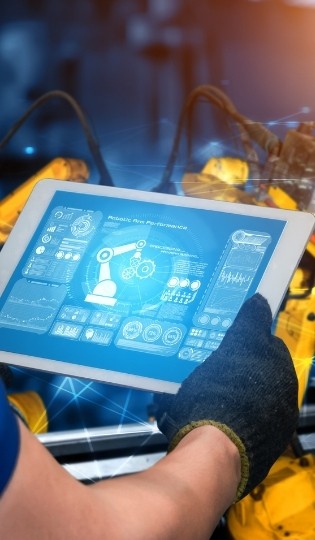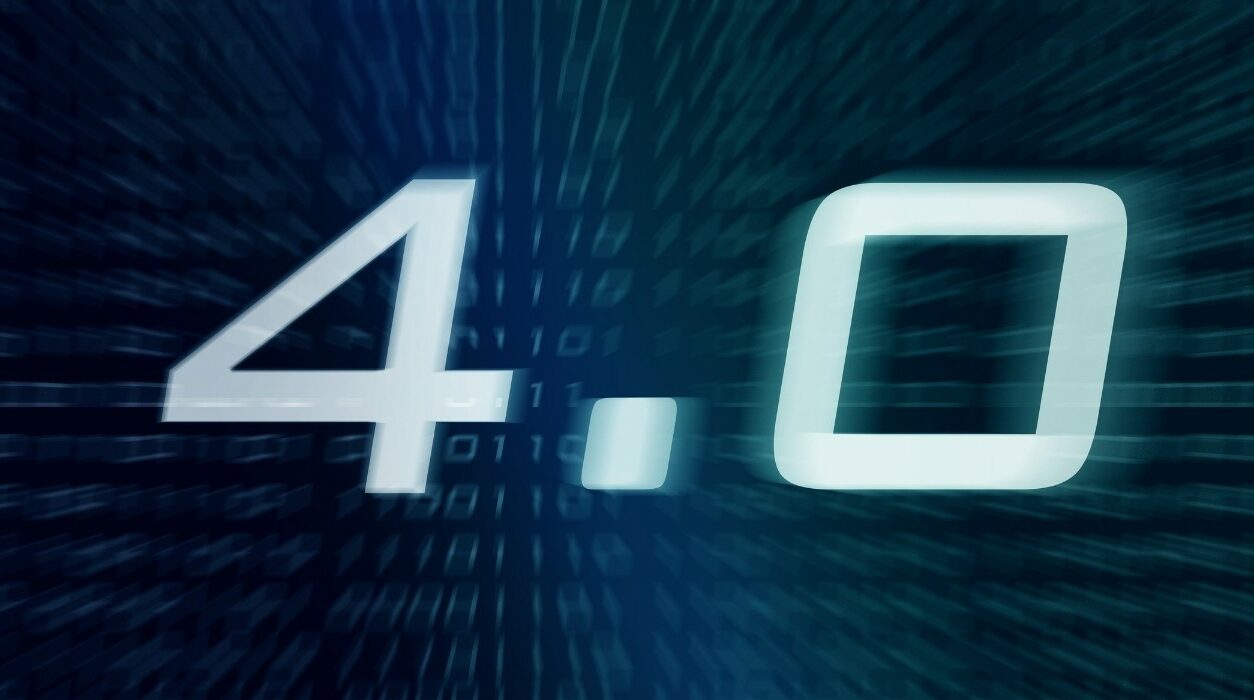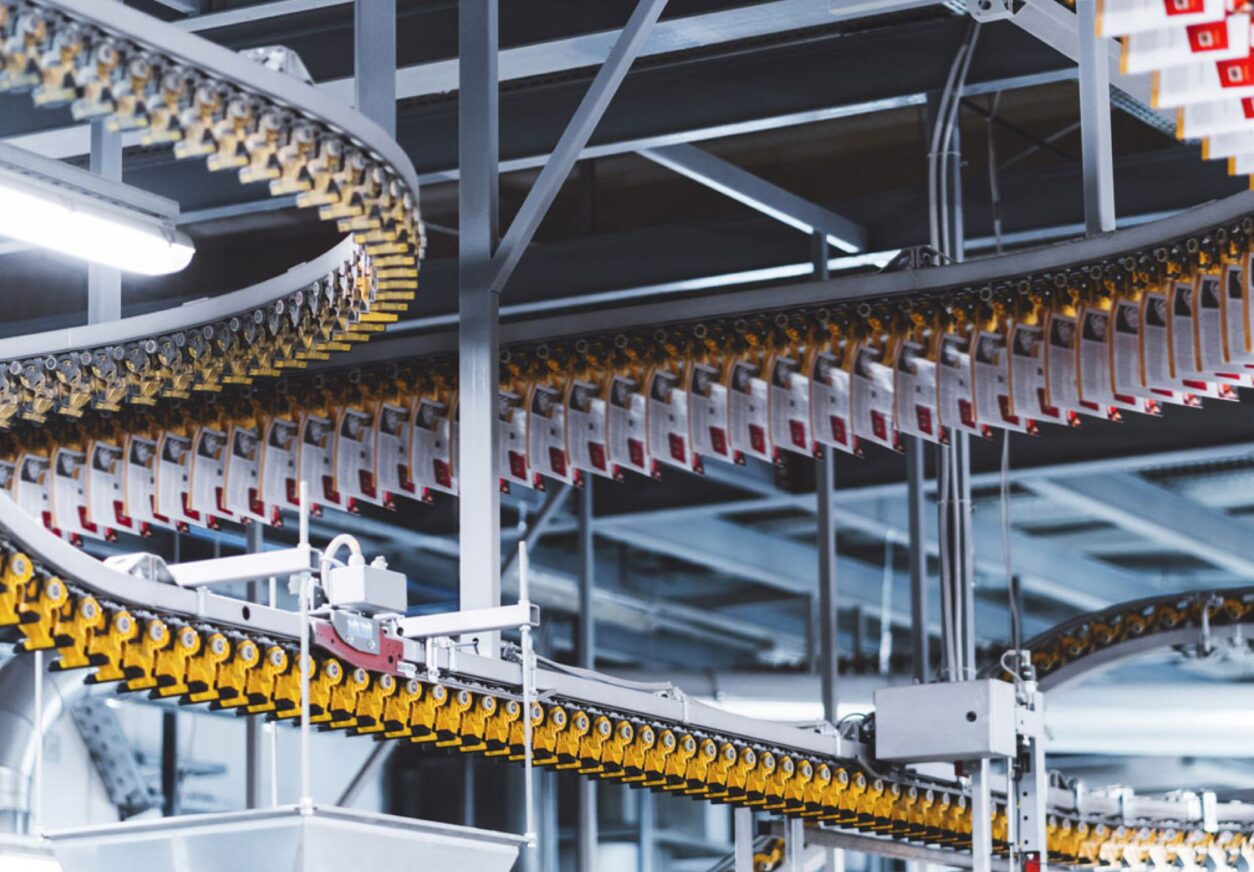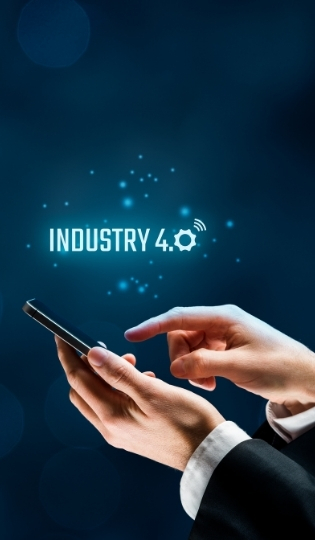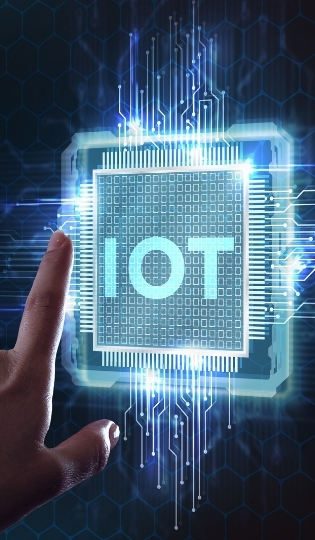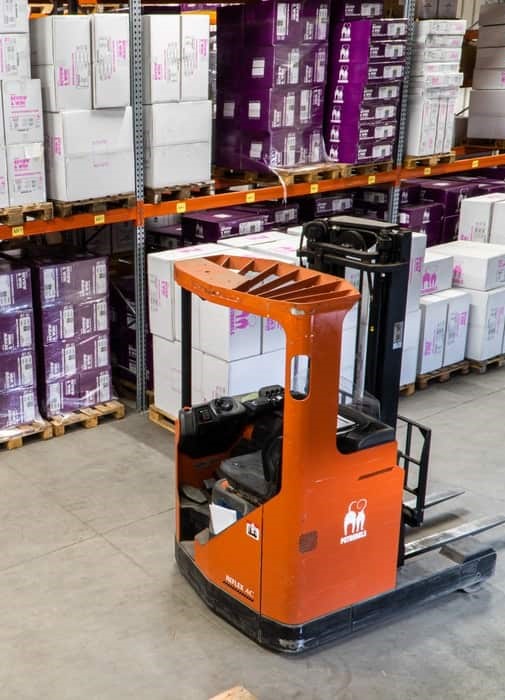Whether we talk about Industry 4.0 in Germany, the factory of the future in France, the smart factory in the United States or Made in China 2025 in China, we are all talking about the same thing! It’s the fourth industrial revolution.
This fourth revolution aims to implement new technologies within the industry. These technologies are linked together and form Industry 4.0.
They change the way of working within a company. Tomorrow, the employee will not have the same functions as today.
According to a report by Dell and the “Institute for the Future”, 85% of the jobs of 2030 do not yet exist.
Internet of Things (IoT), automated robots and augmented reality (AR)
Companies are trying to integrate different technologies according to their needs. They are generally already used in the general public and are struggling to be used in industry.
Internet of Things
The Internet of Things and embedded sensors will allow to collect a huge amount of data in every corner of a factory. Sensors are now cheaper, smaller, more accurate and less energy consuming.
These sensors can be used, for example, in production systems for predictive maintenance, on products for better traceability, and in PPE to improve the working conditions of factory workers.
Autonomous robots
Autonomous robots are also in full expansion! They have been used in industry for several years and have proven their efficiency. They allow to relieve the operator and to redirect him towards tasks with higher added value. They are one of the links to automated logistics.
Augmented reality and virtual reality
Thanks to augmented reality (AR) and virtual reality (VR), employees will be able to learn much faster and work more efficiently. They will be able to visualize the information at the right place at the right time to be more efficient.
Augmented reality will especially improve the interaction between a collaborator and his environment.
Virtual reality will allow a person to interpret an object or a complex situation much more easily.
Additive manufacturing
Additive manufacturing is also the focus of attention in the industry. It is particularly suitable for small and medium-sized series.
Companies such as Safran and Airbus are already using it to manufacture complex parts that cannot be produced using conventional methods (machining, casting, forging, etc.). Thanks to this technology, new shapes and new materials can be envisaged for tomorrow’s products.
Business managment softwares (ERP, CRM, CAM)
But where Industry 4.0 is revolutionary is in the information systems or business managment softwares.
Each company will have a cloud where all information will be stored and processed. This cloud will be the link between all the systems of the company, such as: purchasing, production, supply chain, marketing, etc.
This is how the different ERP (Enterprise Resource Planning), CRM (Customer Relationship Management) or CAM (Computer Aided Manufacturing) software will interact with each other.
This will allow the company to be extremely reactive, to communicate efficiently and to respond to the customer’s needs in the best possible way.
These technologies are numerous and call upon different fields of research: information and embedded systems, sensors, materials, artificial intelligence, etc.
All these technologies communicate with each other and are linked. It is the whole that forms Industry 4.0.
In conclusion
Industry 4.0 represents the fourth industrial revolution.
It involves many innovative technologies such as: additive manufacturing, data mining, cloud, IoT (Internet of Things) or augmented and virtual reality.
These technologies are interdependent and will revolutionize tomorrow’s work methods.
The company will find a gain in productivity, will offer better working conditions and will improve its competitiveness.

